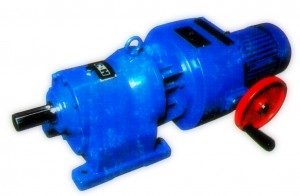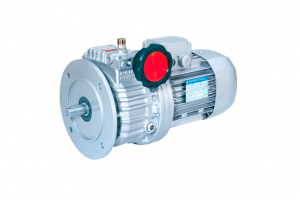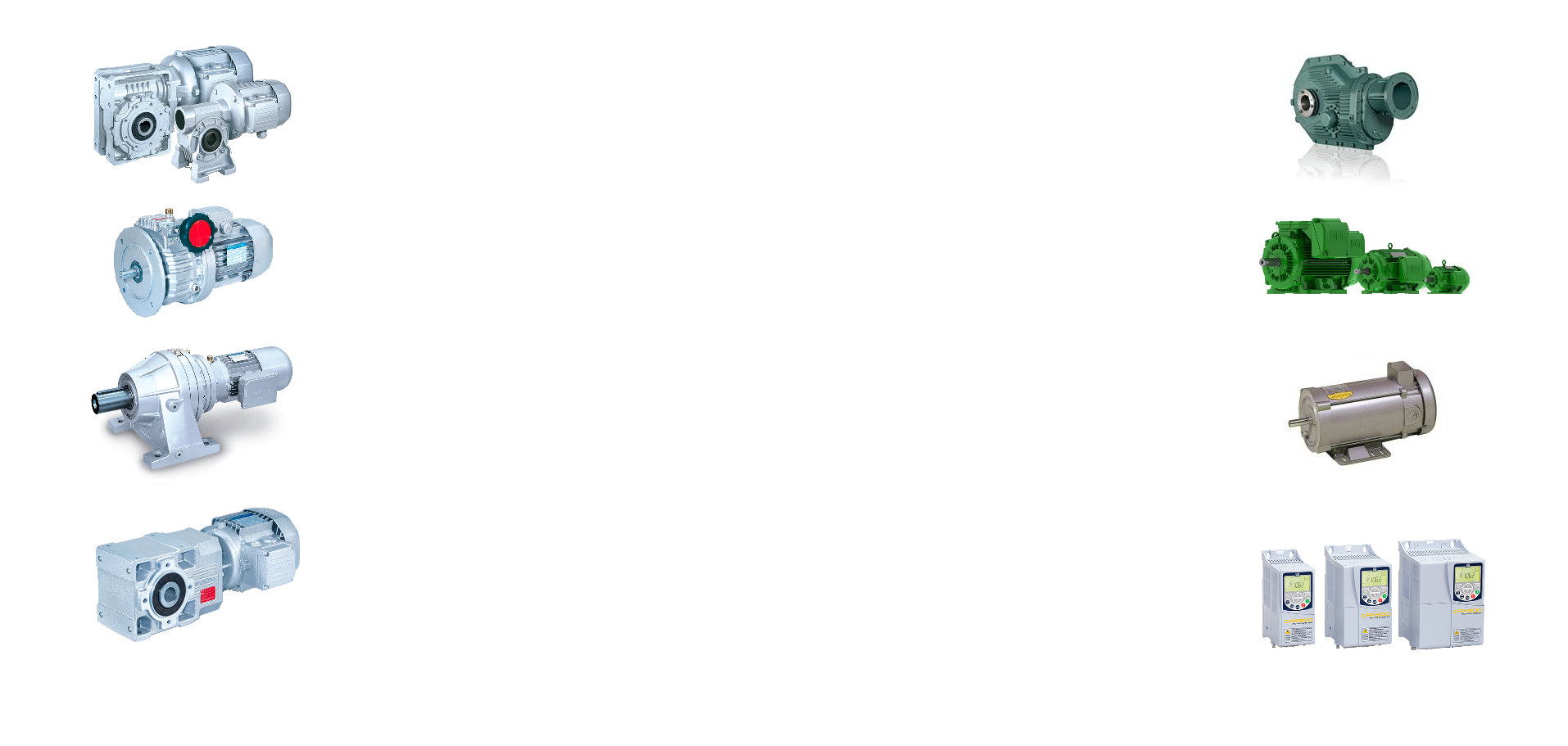Charles and Hunting variators are still found throughout the Australian industrial landscape. Although C&H no longer exists, their design of variator is undoubtedly one of the better ones on the market.
Charles and Hunting Variator Design
Self-described as simple, low-cost and eminently practical, the Charles and Hunting variator utilised a slightly cone shaped metal driving disc mounted on the shaft of the motor drive. A non-metallic annular friction cup was brought into contact with the driving disc by means of either springs or a load compensating cam, depending on the size and design of the variator. The variation of speed was effected by moving the driving disc across the face of the friction cup, which gave stepless variable speed.
Key features of the design included:
- Dry friction surfaces
- Long friction cup life
- Automatic cup adjustment
- 5:1 (larger units) or 6:1 speed range (smaller units)
Modern Variator Options
The Charles and Hunting variator was used primarily in C&H gearmotors and thus is normally part of the fixed design. When looking to replace these units, it is normally required to supplant the variator and gearmotor in their entirety.
 Bonfiglioli’s V Series of variators utilises a wet design, with friction discs providing the variable speed capacity. Plus, they have the added flexibility of being manufactured with an IEC design, which enables them to be fitted to standard gearmotors and give them a variable speed capability.
Bonfiglioli’s V Series of variators utilises a wet design, with friction discs providing the variable speed capacity. Plus, they have the added flexibility of being manufactured with an IEC design, which enables them to be fitted to standard gearmotors and give them a variable speed capability.
In larger applications, the Reeves Motodrive design offers a high-capacity alternative to the Charles and Hunting variator, although the two designs are for significantly differing end uses.
Other alternatives, such as Var-Spe, rely on hydraulic fluid to effect the variable speed.

